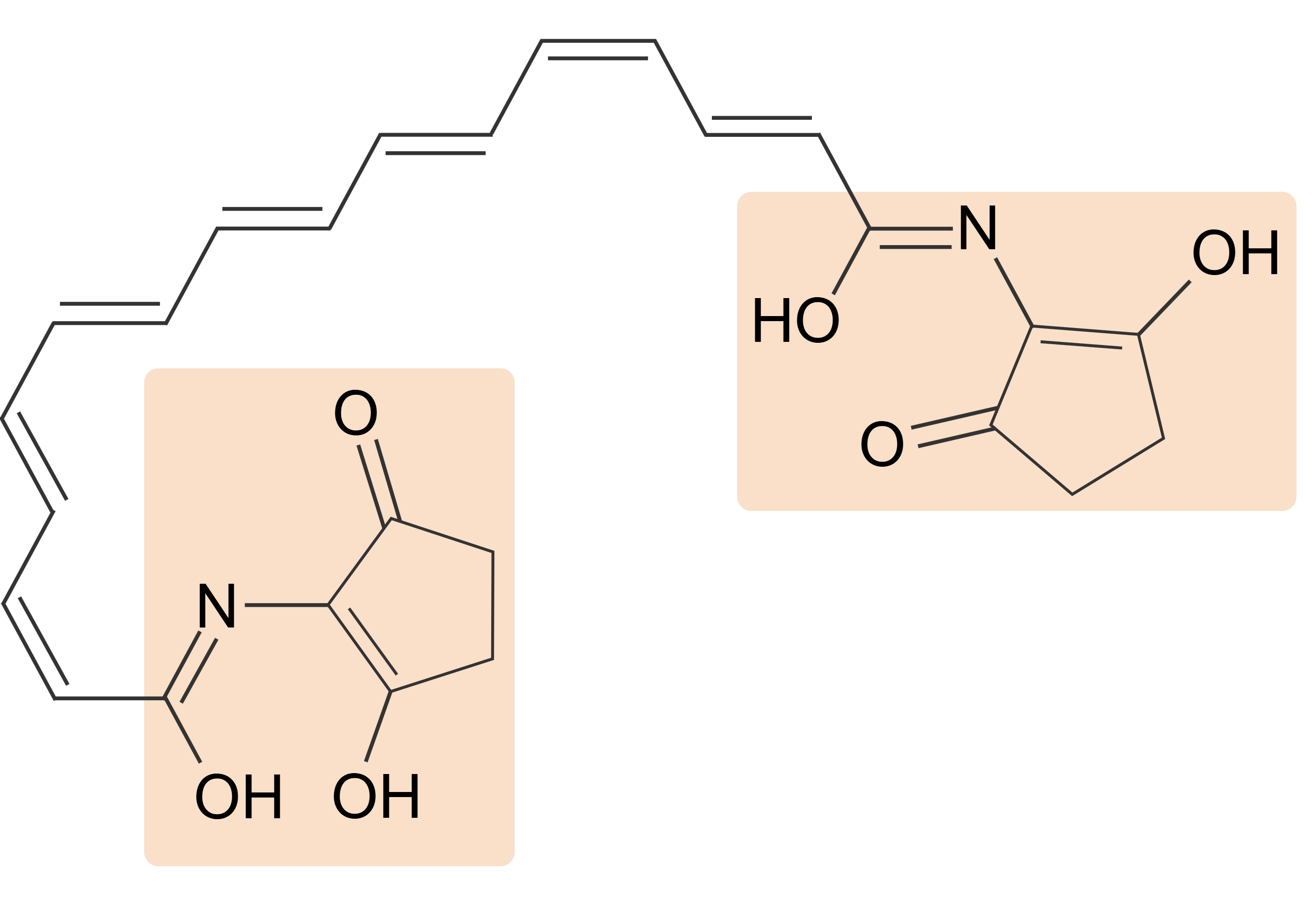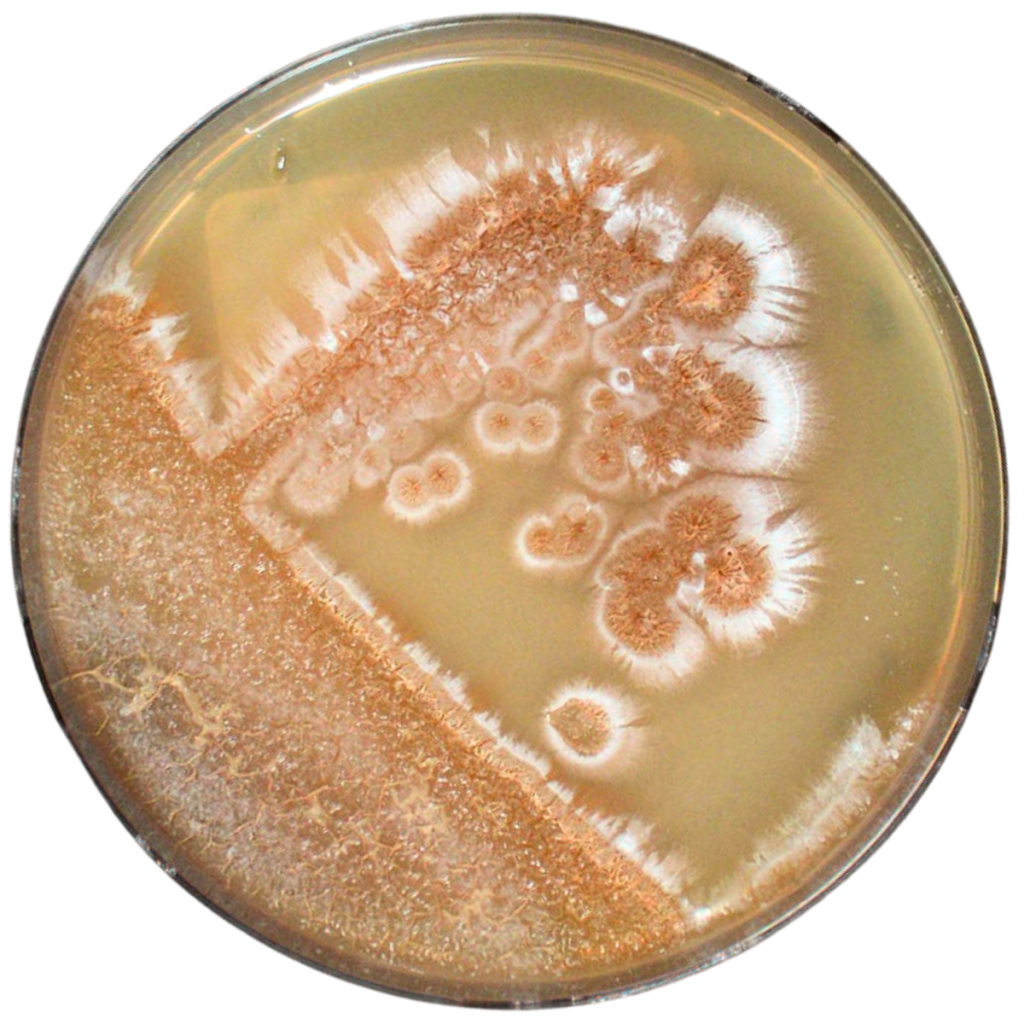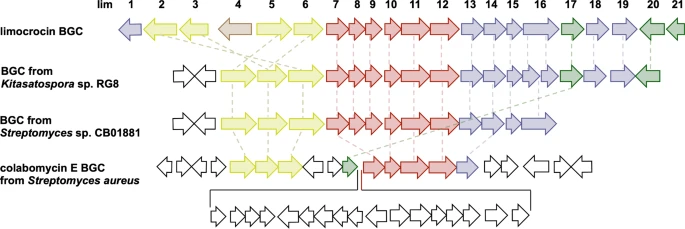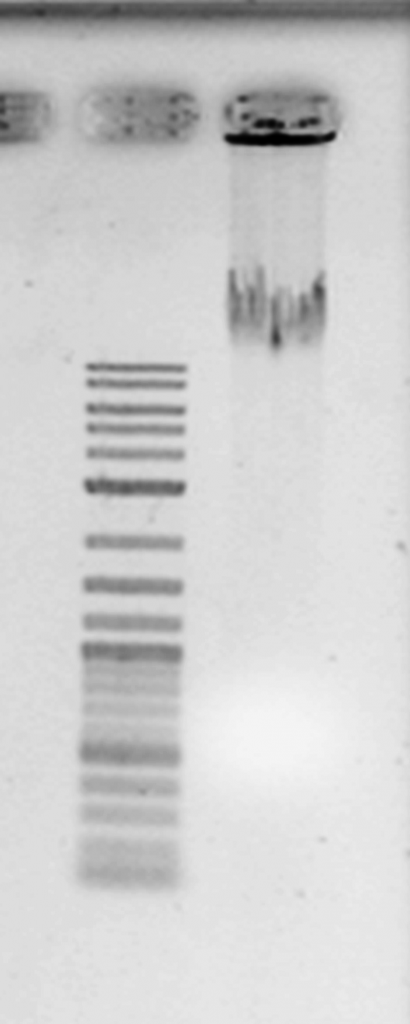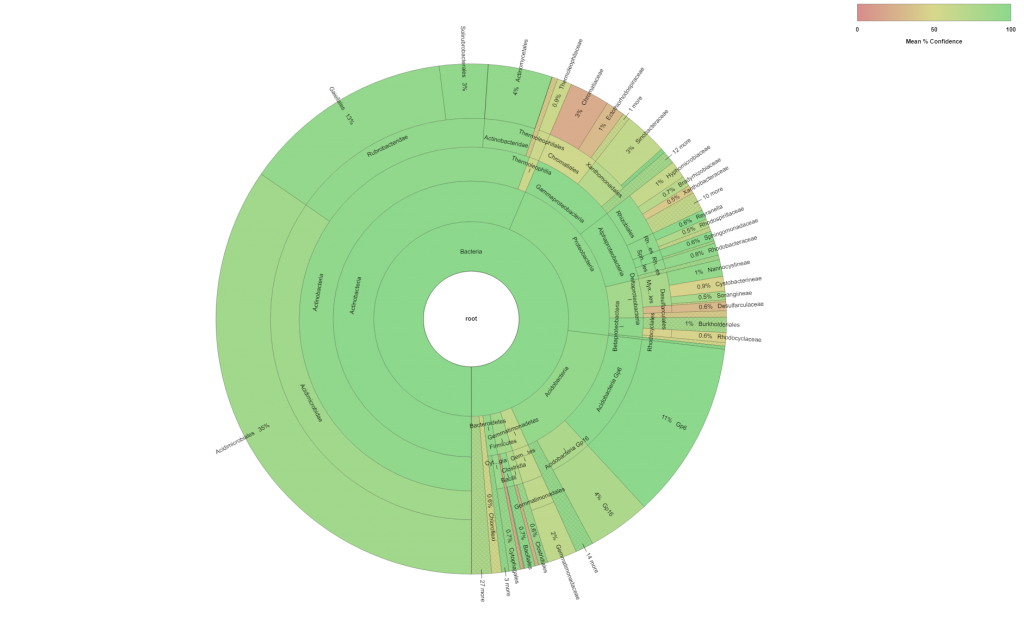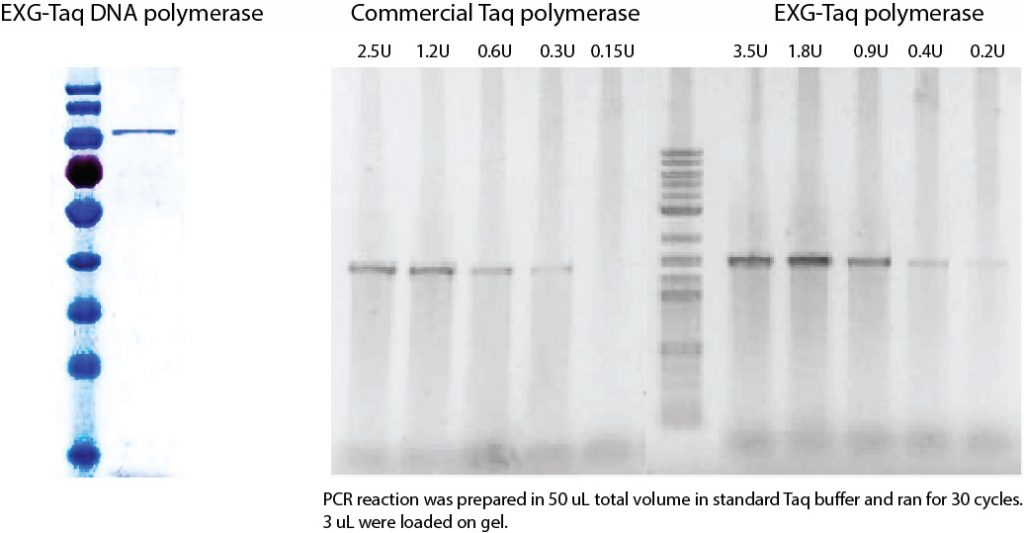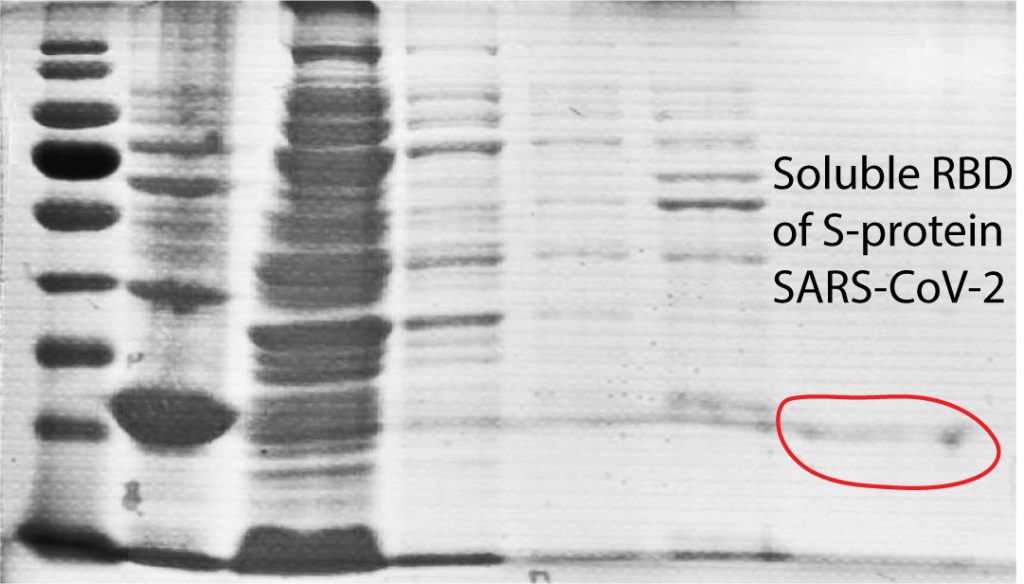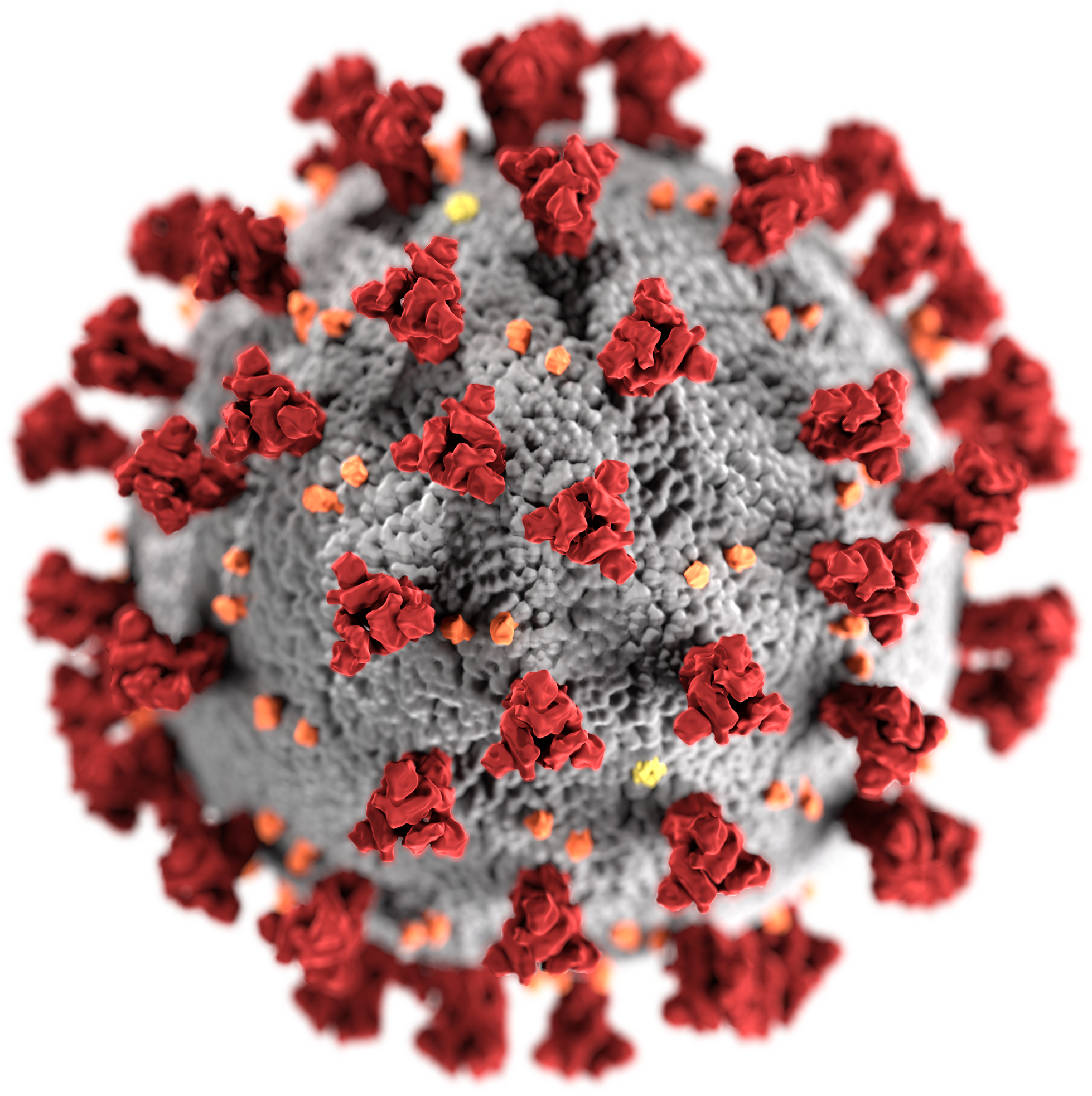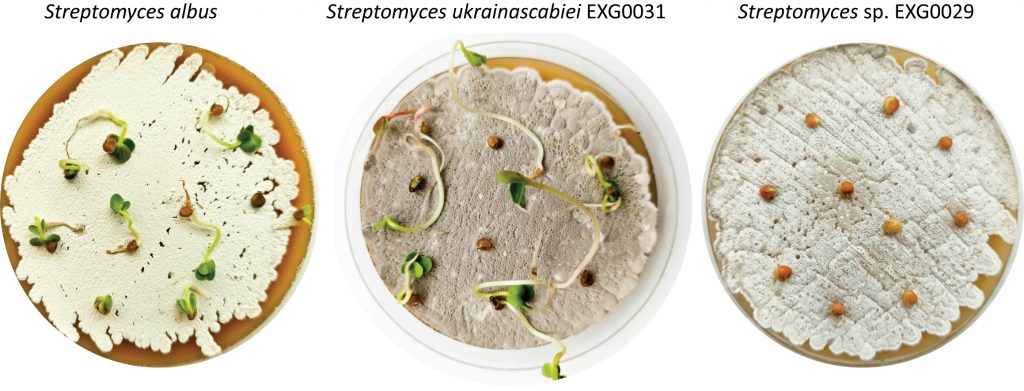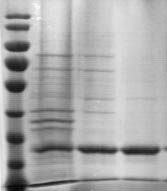🧑🔬 Our colleagues Olena Kurylenko and Yuriy Rebets have published an article on advancement in the field of microbial biotechnology by developing an improved transformation-associated recombination (TAR) cloning approach for capturing natural product biosynthetic gene clusters (BGCs). This innovative method, utilizing the yeast killer phenomenon, significantly enhances the efficiency and precision of cloning large gene clusters from Actinobacteria, particularly the genus Streptomyces.
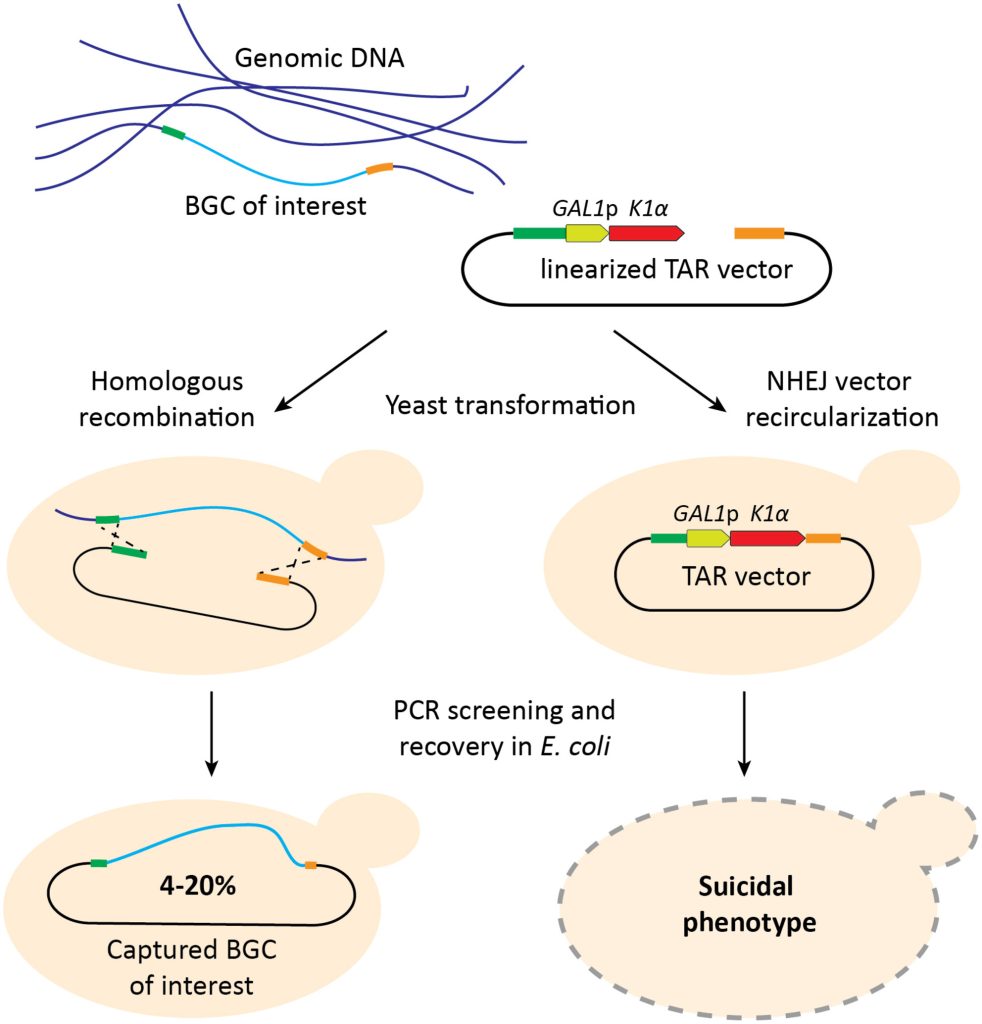
🔬 Why This Matters:
- 🧬 Enhanced Cloning Efficiency:
🔹 The new TAR cloning vector system allows for direct selection of colonies carrying the desired BGCs, reducing the need for intensive screening.
🔹 Successfully cloned large BGCs, such as the chelocardin (35 kb) from Amycolatopsis sulphurea and daptomycin (67 kb) from Streptomyces filamentosus, were functionally expressed in a heterologous host. - 🧫 Broader Applications:
🔹 This approach can be widely applied to precisely clone BGCs from various representatives of the Actinomycetota phylum and can be easily adapted for other bacteria.
🔹 The method supports the discovery of diverse bioactive natural products, which are crucial for developing new antibiotics and other pharmaceuticals. - ⚙️ Sustainability and Innovation:
🔹 By streamlining the cloning process, this technique promotes sustainable practices in natural product research and biotechnology.
🔹 It opens up new possibilities for exploring the vast chemical diversity of natural products and their potential applications in medicine and industry.
🌱 The Future of Natural Product Discovery:
This research represents a significant step forward in the quest to discover the true power of natural products for pharmaceutical and industrial applications. By improving the efficiency and precision of cloning large gene clusters, we are opening the way for the discovery of novel bioactive compounds that could lead to the development of new drugs and therapies.
